RBC pipette
WBC pipette, diluting fluid, compound microscope, sterile lancet, watch glass, rectified spirit, cotton. … WBC Pipette: This is a bulb pipette having a long stem with a capillary bore and a pointed tip. The bulb contains a white bead inside
Report Abuse
Shipping Details
Based on 0 reviews
Be the first to review “RBC pipette”
You must be logged in to post a review.
Vendor Information
- Store Name: ATLANTIC Scientific and Research Supply
- Vendor: ATLANTIC Scientific and Research Suply
- No ratings found yet!
-
Health & Medical
Reciprocating shaker
Reciprocating Shakers are designed for a range of applications including cell cultures and extraction procedures that require accurate, repeatable results. Our shakers are designed to provide consistent, uniform shaking action. The back-and-forth reciprocating motion has a 19 mm stroke length. Permanently lubricated ball bearings and maintenance-free, brushless DC motor provide reliable service and continuous-duty operation
SKU: n/a -
Health & Medical
Kenwood planetary mixer
Kenwood Chef Premier KMC 570 Kitchen Machine
The Chef Premier, featuring a 1000 Watt motor, will make food preparation tasks even simpler. With a stylish matt silver finish, it will complement any style of kitchen.If you are experienced in the kitchen, regularly prepare everyday meals and like the challenge of trying more elaborate recipes and catering for larger groups of friends and family, the KMC570 is the kitchen machine you need for a second pair of hands in the kitchen. Advance your culinary skills with confidence, knowing that the Kenwood Chef Premier will achieve the results you desire.
As well as a 4.6 Litre stainless steel bowl, the KMC570 Chef premier includes four bowl tools supplied (K Beater, balloon whisk, dough hook, Creaming Beater), 1.6 Litre ThermoResist glass blender allowing you to use hot and cold food one after the other and food processor attachments.
SKU: n/a -
Health & Medical
Vortex mixer
Ideal for Mixing Solutions in Test Tubes or Small Flasks with Circular, Oscillating Movement
Variable Speed Control Allows Slow Speed Shaking Action up to High Speed Vortexing
CE Certified
PL(Product Liability) Insurance
Gentle Mixing to re-suspending Pellet
Supplied with Ø 76 mm Platform and Pop-Off Cup
Realize High Power, Stable Motion with Low Noise
Tough Metal Housing Provides a Stable Platform for all types of Mixing
3-position Power Switch Operates with Continuous Action or “Touch On” Control
Aluminum Die-casting with Powder Coating
Various Shapes, Sizes and Materials of the Head allows for mixing of almost all Common Tubes or ContainersSKU: n/a -
Health & Medical
Hand Rails
Kopperguard™ antimicrobial HAND RAILS kills greater than 99.9% of Bacteria* within 2 hours of contact
All Kopperguard™ products are made from CuVerro® antimicrobial copper and registered with EPA as the only solid Antimicrobial Surface
Incorporation of Kopperguard™ antimicrobial product into your facility can help reduce the bacteria* that cause infections
Available in a brushed rose gold finish that elegantly lets everyone know the steps you have taken to provide continuous protection against disease-causing bacteria*
Antimicrobial protection never looked so good!
Offered in 18”, 24”, 32”, 36” sizes for easy installation so no area is left unprotected
SKU: n/a -
Health & Medical
UV-spectrophotometer single beam
Simple & clear keyboard operation provides auto 0% & 100% adjustment, Error free T-A transformation, faster setting and direct concentration readout functions.
Imported Tungsten (W) Lamp, long service life.
Spacious sample compartment, suitable for various dimensions optical path rectangular cells(100mm max).SKU: n/a



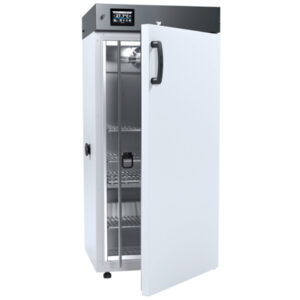

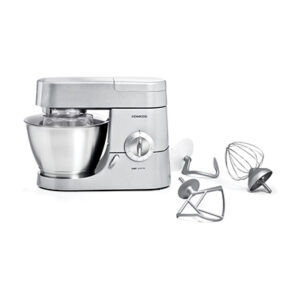


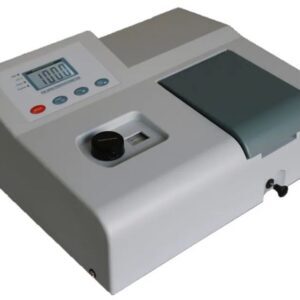
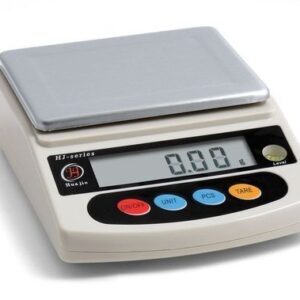


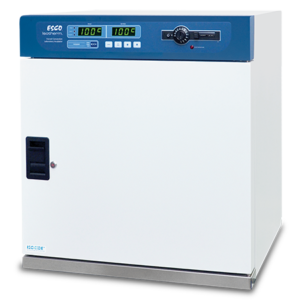

There are no reviews yet.